Effects of Chimney Fire
The thousands of dollars of damages caused by chimney fires are normally because of the flames migrating upward, melting, warping, or negatively affecting the masonry or chimney walls. In the majority of cases, chimney fires can ruin houses and risk lives. These tragedies are normally preventable because you can have your chimney inspected, repaired, or cleaned. This way, the chimney will not malfunction or collect build-ups that can cause risks.
A chimney inspection service can prevent any of this from happening, and you should be aware of the effects of a chimney fire. Read more about it now.
What is it?
Combustibles that you burn in the chimney only burn partially. It is hard to avoid incomplete combustion, but you can minimize the impact by properly burning seasoned wood if you have a clean chimney. The residue that comes from incomplete combustion builds up over time that lines the flue with creosote.
Creosote is combustible if it is at the right temperature. When the airflow is blocked or there is a damaged flue, it leads to poor airflow. Since there is trapped heat, the chimney heats up more than intended, and this ignites creosote. This chimney fire can be extremely dangerous.
Dirt Causes Chimney Fire
The dirt in your chimney causes fires, which is damaging to the structure, and it destroys homes that can kill or injure people.
Chimney fire creates a popping noise and loud cracking, with a lot of dense smoke, and an intense and hot smell.
Chimney fires burn explosively that is noisy and dramatic enough that can be detected by people or neighbors around you. Dense smoke or flames shoots from the chimney. Homeowners get startled by rumbling sounds that remind them of a low-flying airplane or freight train.
Flue Tiles Get Damaged
A lot of homes use clay flue tiles to line their chimney. This is rated to be able to withstand high temperatures. However, there are chimney fires that burn over 2,000 degrees that can be too hot for tiles causes damages such as cracking.
The breach in your flue liner is a big concern. It increases the possibility for combustibles nearby in the construction in your home. All the cracked tiles cause fires, and they find a new pathway to get out of the flue, which potentially causes a house fire.
Exterior Masonry Cracks
Similar to flue tiles, the brick masonry of the chimney can be damaged by heat. If there is a chimney fire, the brick or mortar joints can open and crack new pathways for fire or heat. This is a reason why yearly chimney inspections become critical. These cracks are hard to notice and can cause disaster if it is not repaired before another chimney fire happens.
Most of them are Undetected
Slow-burning chimney fires do not have enough air or have fuel that becomes dramatic or visible and they normally go undetected until there is a chimney inspection. However, the temperatures they reach are high and cause a lot of damage to the chimney’s structure. In addition, the nearby combustible house parts are connected to this.
Scorched Areas
The chimney fire because of high heat can also scorch away the deposits in certain parts of the chimney. This leaves behind areas that only look clean, that are surrounded by combustible deposits.
You can go for chimney contractors Ellicott City if you need your chimney inspected to prevent fires.
The post Blog first appeared on First Class Chimney Services.
This post first appeared on https://www.firstclasschimneyservices.com



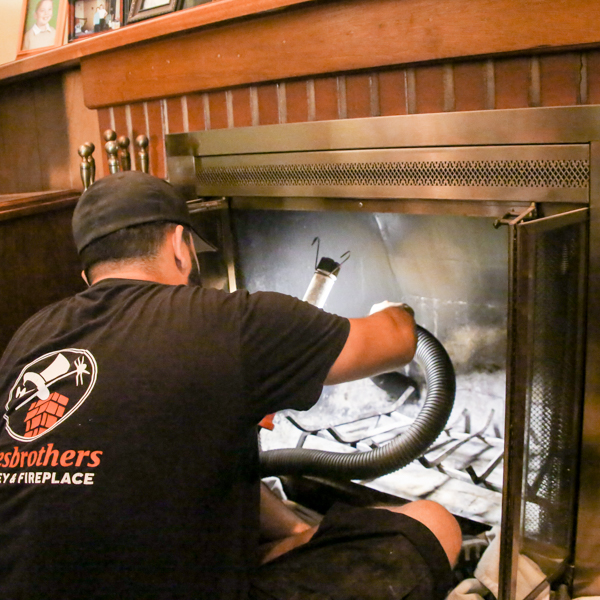
 Contact Fluesbrothers Chimney & Fireplace
Contact Fluesbrothers Chimney & Fireplace A clean and properly maintained chimney should never have fiery sparks popping out of its top. Unfortunately, not
A clean and properly maintained chimney should never have fiery sparks popping out of its top. Unfortunately, not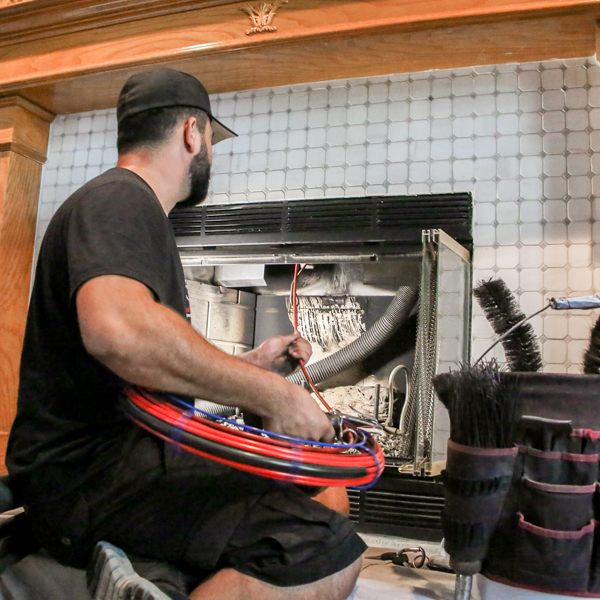 How professional chimney sweeps deal with the problem
How professional chimney sweeps deal with the problem Have your chimney inspected
Have your chimney inspected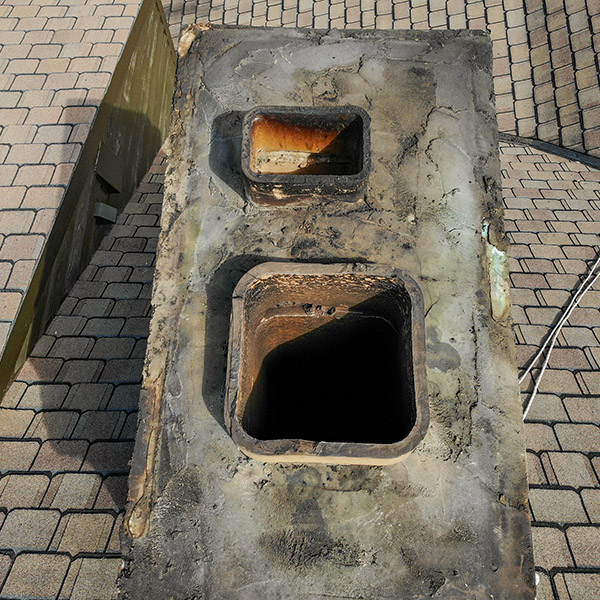 What to do if there’s a chimney fire
What to do if there’s a chimney fire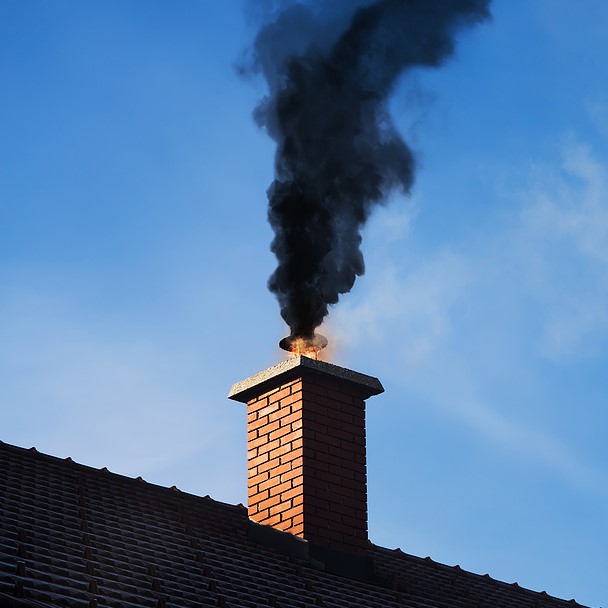 A clean and properly maintained chimney should never have fiery sparks popping out of its top. Unfortunately, not all chimneys are clean and maintained. Fluesbrothers Chimney & Fireplace offers the following advice should you experience this potentially dangerous problem.
A clean and properly maintained chimney should never have fiery sparks popping out of its top. Unfortunately, not all chimneys are clean and maintained. Fluesbrothers Chimney & Fireplace offers the following advice should you experience this potentially dangerous problem.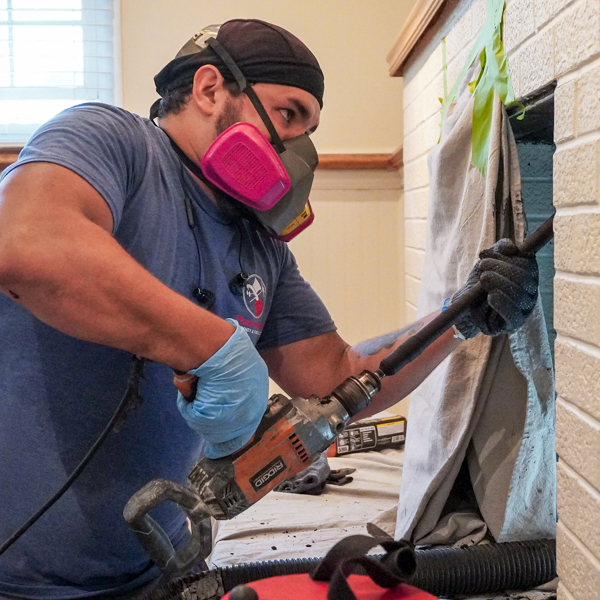 Chimney technicians are trained in the use of a variety of industry-grade tools to safely and effectively remove creosote from your chimney flue. An annual chimney sweep is an excellent step toward preventing chimney fires.
Chimney technicians are trained in the use of a variety of industry-grade tools to safely and effectively remove creosote from your chimney flue. An annual chimney sweep is an excellent step toward preventing chimney fires. First, are sparks coming out of your chimney a problem?
First, are sparks coming out of your chimney a problem? Ongoing chimney maintenance to prevent sparks and embers
Ongoing chimney maintenance to prevent sparks and embers